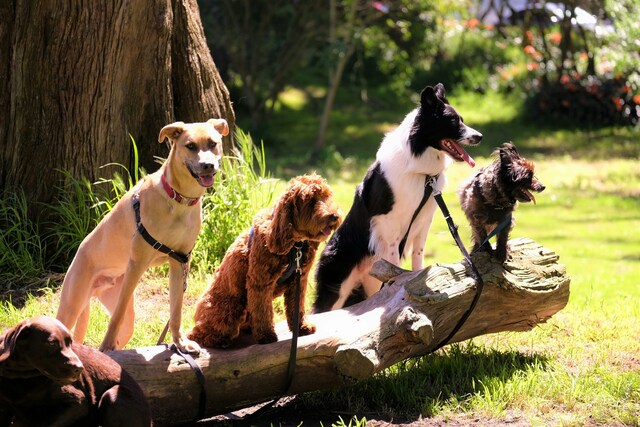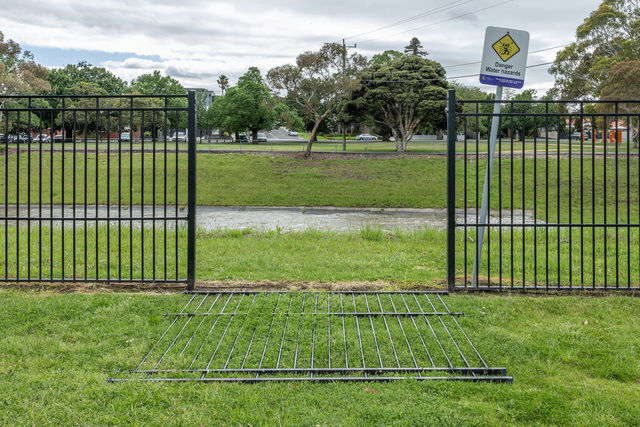The City of Casey is sharpening its focus on preventing dog attacks, after new figures revealed the municipality continues to record hundreds of incidents each year.
According to the draft Domestic Animal Management Plan (DAMP 2026–2029), there were 395 reported dog attacks and rushes in 2024/25.
Of these, 146 involved people, 144 involved other animals, and 105 were classified as rushes, where a dog aggressively approaches within three metres of a person without biting.
While the overall numbers have remained relatively stable in recent years, Casey acknowledges that the risk of serious injury remains high.
“Many dog attacks occur when dogs are off their property, in unfamiliar environments, and without adequate socialisation or training,” the plan reads.
“This highlights the importance of responsible pet ownership, where training and positive socialisation play a critical role in preventing aggressive behaviour.”
The plan also notes that Casey has one of the highest dog populations in Victoria, with more than 35,000 registered cats and dogs in 2024/25.
That figure has grown alongside the city’s population, which rose from 369,453 in 2021 to an estimated 429,383 in 2025.
Despite this rapid growth, the number of reported dog attacks has stayed relatively consistent, averaging between 348 and 395 annually over the past four years.
Council officers say this stability is partly due to enforcement and education efforts, but the document remains clear that further work is needed to prevent attacks and improve community safety.
The Plan outlines a firm response framework for dealing with dog attacks, which includes that all reports are prioritised within 24 hours, with officers available after hours for emergencies.
Dogs suspected of being involved in attacks may be seized and impounded while investigations are carried out, and non-serious injury offences can result in infringements, while serious injury cases must be prosecuted in court.
Courts also have the power to order property upgrades to secure dogs, ban individuals from owning dogs, or, in some cases, order the destruction of the animal.
At the conclusion of prosecutions, the council may also declare dogs involved in serious attacks as Dangerous Dogs, imposing strict conditions such as secure enclosures, muzzling in public, distinctive collars, and property signage.
Alongside enforcement, the plan commits to a stronger emphasis on prevention.
Council officers will conduct both reactive and proactive patrols, particularly in public spaces where dogs are frequently sighted off-leash or where attack complaints have been made.
Targeted communications campaigns are also on the horizon, aimed at educating residents about securely confining dogs to properties, as well as the importance of early socialisation and obedience training.
Signage about dog behaviour and etiquette may also be introduced at dog-friendly spaces from 2029.
The plan also highlights the importance of reaching children early with plans to have the council continue to promote State Government programs in kindergartens and primary schools, including responsible pet ownership lessons and dog bite prevention sessions.
By embedding awareness at a young age, the aim is to reduce the risk of dangerous interactions between children and dogs in the community.
The draft plan sets out several objectives for the next four years, including: ensuring all dog attack complaints are investigated promptly, reviewing prosecution processes to provide faster resolution for victims, expanding patrols to evenings and weekends, and strengthening communication between victims, dog owners, officers, and prosecutors during investigations.
While acknowledging the challenges, the document stresses that education remains the key tool in reducing attack numbers.
“Promoting education and awareness about responsible dog ownership is essential to reducing the risk of attacks and supporting the safety of our community,” the plan states.







